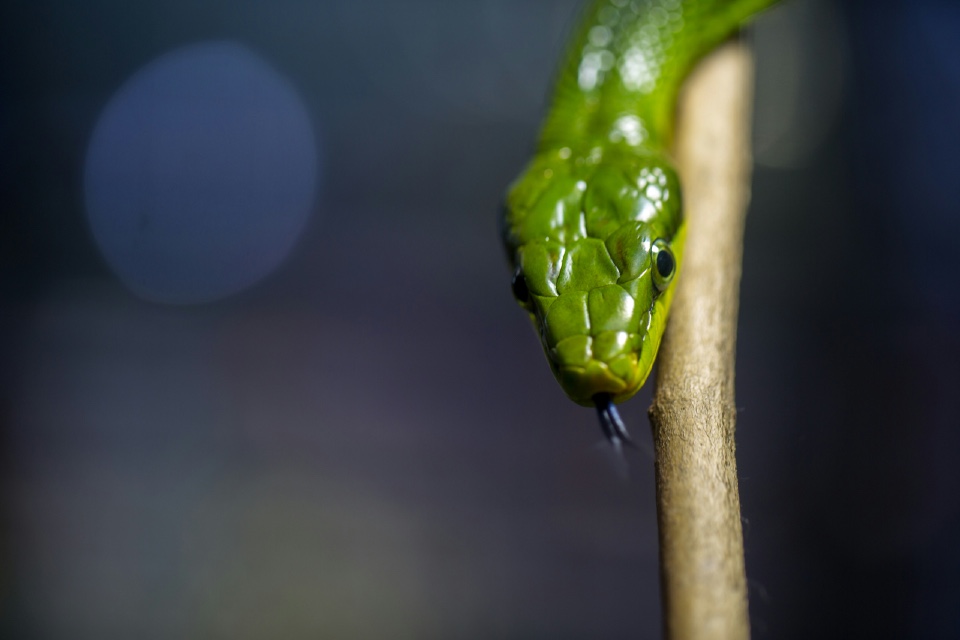Chief Information Security Officers (CISOs) shoulder heavy responsibility for safeguarding sensitive data and critical infrastructure. Intrusion Detection Systems (IDS) and related services play a crucial role in this ongoing battle, acting as the frontline defence against cyberattacks. This article explores how CISOs in the UK are utilising these technologies and how intrusion detection strategies are likely to evolve in the future…
From Alarms to Advanced Analytics:
Traditional IDS relied on signature-based detection, raising an alert whenever a known malicious pattern was identified. However, modern approaches are becoming more sophisticated:
- Anomaly Detection: These systems analyse network traffic for unusual patterns that deviate from established baselines, potentially indicating novel or zero-day attacks.
- Machine Learning and Artificial Intelligence (AI): AI and machine learning algorithms continuously learn and adapt, identifying complex attack vectors and proactively mitigating threats.
- Behavioral Analysis: By monitoring user activity and system behavior, these systems can detect suspicious actions that might indicate compromised accounts or insider threats.
Beyond the Perimeter: A Holistic Approach
Intrusion detection isn’t just about monitoring network traffic. UK CISOs are adopting a more holistic approach:
- Endpoint Detection and Response (EDR): These tools go beyond network security, monitoring individual devices like laptops and servers for signs of compromise.
- Security Information and Event Management (SIEM): SIEM platforms aggregate data from various security tools, providing a centralized view of potential threats and enabling faster incident response.
- Cloud Security: As cloud adoption increases, robust intrusion detection tools are essential for protecting cloud-based data and infrastructure.
The Future of Intrusion Detection: Proactive and Collaborative
The future of intrusion detection in the UK is likely to be characterised by:
- Predictive Analytics: Leveraging AI to predict potential attacks before they occur, allowing for preventative measures to be implemented.
- Threat Intelligence Sharing: Collaboration between organisations and government agencies to share threat intelligence can help identify emerging attack vectors and strengthen collective defences.
- Automation and Orchestration: Automating incident response procedures and the orchestration of security tools can streamline threat mitigation and minimize damage.
Investing in Expertise and Talent
Optimizing intrusion detection strategies requires:
- Skilled Security Professionals: CISOs need a team of security analysts who understand how to interpret data, configure IDS tools, and respond effectively to security incidents.
- Continuous Monitoring and Threat Hunting: Proactive threat hunting goes beyond passively waiting for alerts; it involves actively searching for vulnerabilities and potential threats within the network.
- Staying Informed: CISOs must stay updated on the latest cyber threats and vulnerabilities to ensure their intrusion detection systems remain effective.
Intrusion detection remains a cornerstone of any robust cybersecurity strategy. By embracing advanced technologies, fostering collaboration, and investing in skilled personnel, CISOs can build a resilient defence against cyberattacks and safeguard their organisations’ valuable data and critical infrastructure.
Are you searching for Intrusion Detection solutions for your organisation? The Cyber Secure Forum can help!





